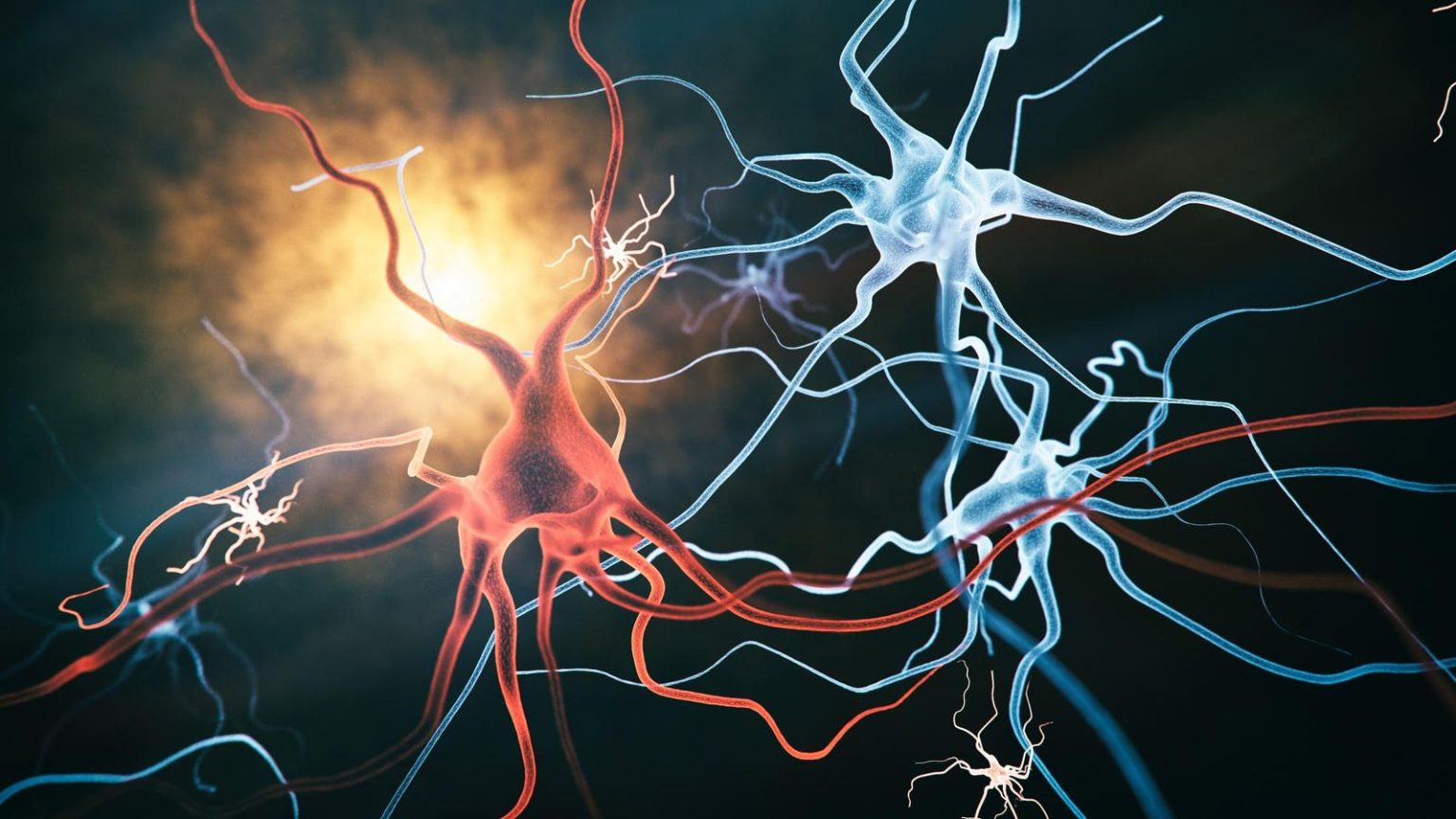This article is part of a series on recent advances in the science and medicine of longevity.
Aging is generally considered inevitable. Eternal life, albeit highly sought after, is ultimately deemed a pipe dream. But as science and medicine continue their dogged onward march, aging is starting to look less set in stone. As research accumulates, the various mechanisms underlying the aging process are coming to light, and with them, the possibility of targeted interventions. A group of international scientists —based out of Switzerland, Germany, and the Netherlands— has contributed to the cause. Their work, published in the journal Nature, identifies an age-associated inflammatory pathway that leads to neuronal damage in the brain, contributing to cognitive decline.
cGAS–STING system: A Dynamic Duo?
Just as we age, so do our cells. And as our cells age, they begin to develop damage — the wear and tear of an active and demanding life. Old cells accumulate with time, and our immune system often fails to clear them. Although disposing of threats, both local and foreign, is the immune system’s main job, it becomes less capable over time. Added to this is the fact that certain old, or “senescent cells”, are too close to home: our immune system doesn’t even recognize them as a cause for concern. The issue is that cells in a state of senescence release a steady stream of inflammatory molecules. Like mold from a fruit that spreads and tarnishes surrounding fruit, such inflammation can start to damage neighboring cells. Indeed, chronic, low-level inflammation is understood to be one of the key drivers of aging, so much so that it is often referred to as “inflammaging”.
The cGAS-STING system (cyclic GMP–AMP synthase stimulator of interferon genesis) is critical to regulating inflammation. In the event of an invasion from pathogens like viruses or bacteria, cGAS identifies foreign DNA, working in alliance with STING to initiate defensive measures. Proteins are activated and resources mobilized to safeguard the threatened area. By coordinating these defense measures, both cGAS and STING ensure a harmonized and efficient immunological response.
This same system, however, can misfire. With advancing age, certain aberrations arise at a cellular level. Our very own DNA begins to cluster and accumulate outside its designated areas — it should only be in the nucleus or mitochondria of our cells, nowhere else. This scattered DNA unintentionally activates cGAS, prompting it to trigger a defensive immune response, much like it would in the presence of foreign pathogens. This inadvertent call to arms by cGAS results in persistent inflammation throughout the body.
Microglia and Neuroinflammation
Muhammet Gulen and his colleagues discovered that the same process can be seen in the main immune cells of the brain, called microglia. In particular, aged or stressed microglial cells suffer from “leaky” mitochondrial DNA, which kicks the cGAS-STING system into action. Upon detection of the out-of-place DNA, cGAS alerts and activates STING, which in turn promotes the expression of type 1 interferon genes. These genes produce pro-inflammatory proteins that, under normal circumstances, help clear infections. In the case of misplaced DNA, they just end up sparking chronic inflammation. When left unchecked, this leads to damage to neurons and, by extension, a decline in memory performance.
Block cGAS-STING, Block Inflammation
Having pinpointed the source of neuroinflammation, Gulen et al. set out to test whether intervening in the cGAS-STING system could block inflammation and diminish the associated cognitive decline. To do this, they inhibited the pathway using a small-molecule drug called H-151. This inhibitor acts as an antagonist of STING by binding to a specific part of the protein — cysteine residue at position 91. This same section of the protein is critical to a process known as “palmitoylation”. Essentially, the addition of fatty acids. But with H-151 occupying their usual spot, these fatty acids can no longer get to STING. And without them, STING cannot signal interferons and other pro-inflammatory proteins. The chain is cut.
Although the use of H-151 is gaining traction for research purposes, it has not yet been approved by the U.S. Food and Drug Administration. Still, early experimental trials have yielded promising results for the treatment of inflammatory autoimmune diseases.
Mice treated with the inhibitor displayed noticeably reduced inflammation in senescent cells across multiple organ systems. The reduction in inflammation was accompanied by improved cognitive function and improved endurance compared to other, similarly-aged mice that did not receive the treatment.
To confirm these initial results, the researchers also engineered young mice to overexpress the cGAS protein in their microglia. Following the expression of cGAS, the scientists noticed an onset of aging-associated characteristics, including inflammation and expression of interferon genes. They noticed that one signaling protein in particular, tumor necrosis factor (TNF), had an especially harmful effect. Blocking the protein via neutralizing antibodies (XT3.11 monoclonal antibodies) helped curb neuronal damage and death.
Takeaways
By revealing the critical role of cGAS-STING, this research helps gradually uncover more about the complex biological processes that shape our health throughout our lifespan. Realizing the role of cGAS and STING equips researchers with new targets for potential treatments; fine-tuning their activity may help to slow down, or even prevent, some age-related conditions.
As always, there are caveats to keep in mind. For one, the research was performed in mice, and although mouse models are a useful tool, they do not guarantee equivalent human outcomes; non-human primates, for example, provide more accurate estimates of human results, particularly in the field of neuroscience. Another factor to consider is that the cGAS-STING pathway is one of the linchpins of the innate immune system. This means any pharmaceutical intervention aimed at blocking the pathway would require extensive long-term testing to ensure no adverse or unintended effects.
Regardless, this study opens new avenues for future research, deepening our understanding of the underlying mechanisms of age-related health concerns.
Read the full article here





